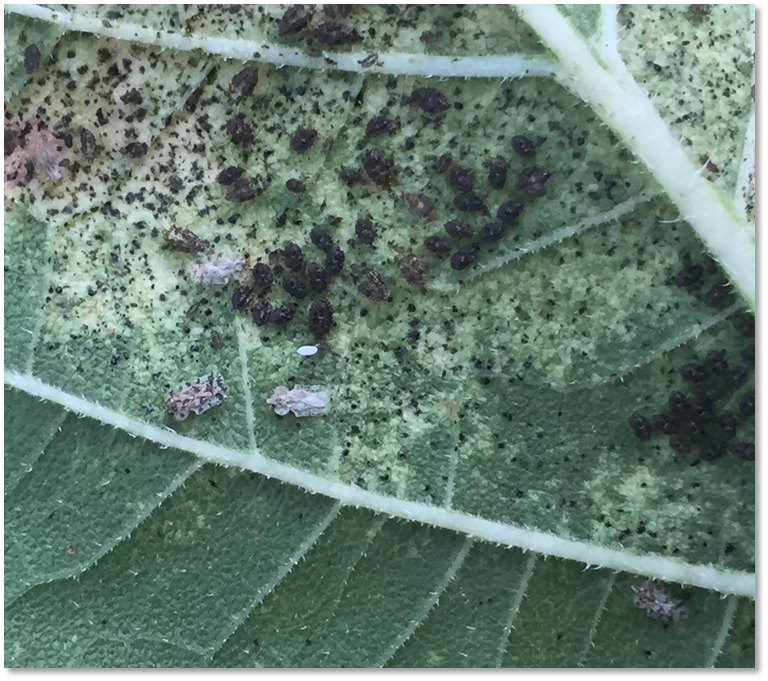
|
|
|
|

|
|||
|
|
|||
Historically, worms (beet armyworm, cabbage looper, corn earworm and diamondback moth) are the most important pests of desert produce during September and October. This year worm pressure appears to be about normal, although there have been some high numbers reported in some localized area. On the Yuma Ag Center, beet armyworm has been appearing on lettuce about 12 days after wet date. This time last year, PCAs were reporting that armyworm were infesting lettuce as early as 8 days after wet date, which seemed sooner than usual. Cabbage looper larvae have been showing up for a while and to date, no corn earworm has been reported in fields. However, diamondaback moth larvae have been observed in our experimental broccoli plots for a couple of weeks. Overall, the lighter pressure we’re seeing this year is likely associated with the cooler weather we’ve been experiencing the past 7-10 days. Remember, temperatures drive larval development and adult moth activity, particularly when night time temps remain high (in the mid-70s or higher). The moths are nocturnal and will actively oviposit when evenings are warm and winds are light. With shorter days coming, the moths have more time to lay eggs at night. As long as the average temperature remains around 80-85°F, worms should be active at damaging levels. Keep an eye on the weather forecasts, especially the nighttime temperatures. Fortunately, there are a number of very effective insecticides that can be applied as stand-alone foliar products that provide effective residual control of both of these lepidopterous species. Radiant, Proclaim, Intrepid, Avaunt and any one of the Diamide products (Coragen, Exirel, and Voliam Xpress) can provide good knockdown and extended residual control of armyworms and loopers. Addition of a pyrethroid often enhances knockdown of corn earworm and cabbage looper for many of the products. Of course, residual control will often depend on the rate applied. In general, the higher the rate, the longer the residual. But this will also depend on plant size at time of application and how fast the plant is growing. Before selecting a product for worm control, be conscious of products (chemistries) previously used on the crop. If your grower has applied a Diamide at planting such as Coragen, Durivo or Verimark, use another chemistry to control worms once the soil residual has played out. Avoid using products with the same mode of action more than twice on any given field. More information on the insecticides available for effective control of beet armyworm and cabbage looper can be found in this document: Lepidopterous Larvae Management in Desert Produce Crops, 2015. |
|||
| Back | |||
|
For questions or comments on any of the topics please contact Marco Pena at the Yuma Agricultural Center.
|
|||
|
Home |
Cotton | Veggies |
Forages | Grains
| Citrus |
Crop x Crop Insects | Diseases| Weeds | Pesticides | Economics | News | Weather | Research | Photos | Contacts | General Info. Copyright © 2001 University of Arizona, College of Agriculture and Life Sciences Webmaster: Al Fournier (acis@ag.arizona.edu) |
|||

